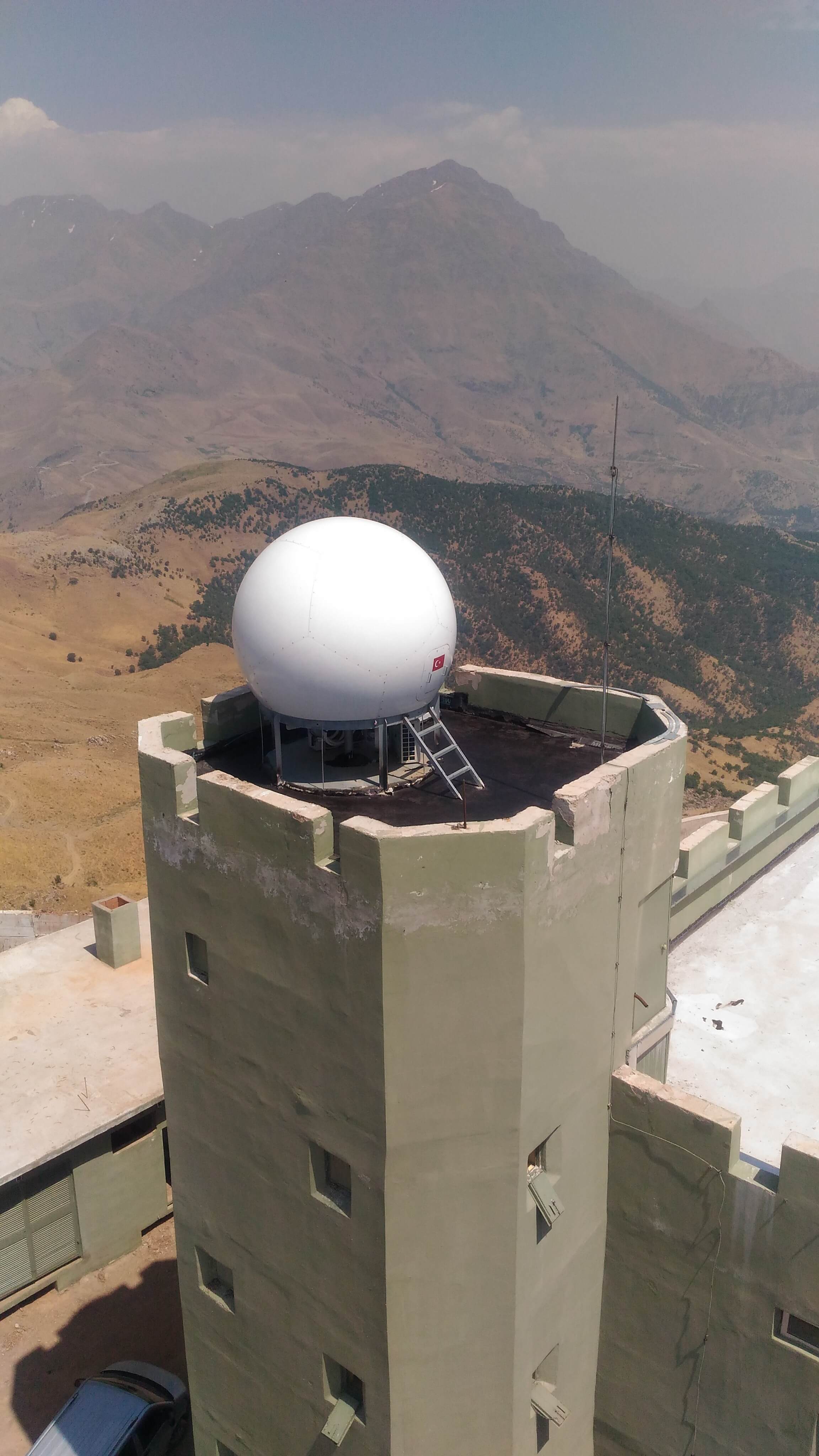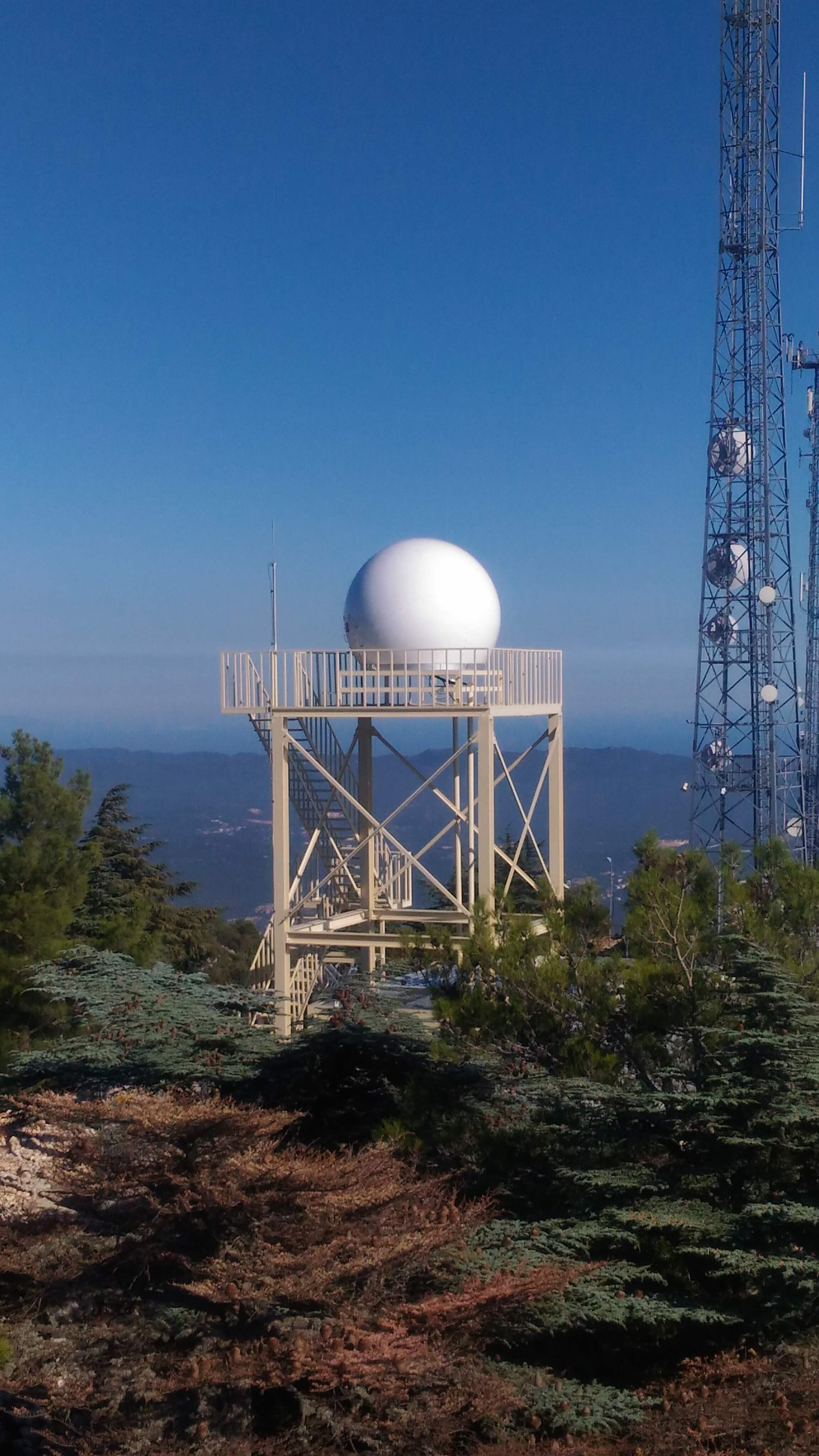An important type of radome is the Satcom radome.
Satcom is crucial for communication of various kinds. Thus, a Satcom radome is just as important.
Satcom was a brand of artificial geostationary communications satellites developed and operated by RCA American Communications (RCA Americom) that facilitated wide-area telecommunications by receiving radio signals from Earth, amplifying them, and relaying them back down to terrestrial receivers.
Satcom was one of the first geostationary satellites, launched in 1964 as part of the Syncom series. Satcom 1, the first Satcom satellite, was launched on December 13, 1975. Satcom K2, the final satellite, was launched into orbit on November 27, 1985, and de-orbited in February 2002. Satcom was eventually phased out and replaced by the GE series of satellites.
A communications satellite transmits and amplifies radio telecommunication signals through a transpondern, is a man-made satellite that establishes a communication channel between a source transmitter and a receiver in different parts of the world. Satellite communication is used in television, telephone, radio, internet and military applications. Many communications satellites are in geostationary orbit 22,300 miles (35,900 km) above the equator, so the satellite appears stationary at the same point in the sky; As a result, ground station satellite dish dishes can be permanently targeted at that spot and do not need to move to track the satellite. Others form satellite constellations in low Earth orbit, where antennas on the ground must track the positions of satellites and frequently switch between satellites. And they all need a Satcom Radome.
What is SATCOM?
The voice and data service that allows an aircraft, ground soldier, or naval vessel to communicate with its team both in the air and on the ground when outside or beyond the line of sight of conventional high-frequency stations is known as SATCOM.

Satcom Applications
Air traffic control
By 2035, air traffic is expected to double, with the same number of passengers in the air each year — seven billion — as humans are on Earth today.
Advances in Satcom technology, along with Satcom radomes, are allowing more aircraft to fly safely in the air at the same time. Due to improved communication and monitoring, the distance between aircraft was reduced from 100 nautical miles to 30 nautical miles. This is especially useful for airlines flying in the dense skies of the North Atlantic.
Communication with Voice (Satcom radomes)
Even when not used by ATC, SATCOM voice communication requires standard radio disciplinary procedures. Any attempt to use the SATCOM connection as if it were a normal phone line can easily lead to misunderstandings. Satellite Voice equipped aircraft can initiate calls by dialing security phone numbers (ICAO short codes) assigned by INMARSAT or IRIDIUM, or directly by dialing commercial phone numbers and country codes. Ground Ground Stations can search for SATCOM Voice capable aircraft using unique 8-digit Aviation Ground Station (AES), aircraft ID (OCTAL), or phone numbers.

Communications via Data Link (Satcom radomes)
The introduction of satellite-based data link services for en route ATMs, both for CPDLC and surveillance, has enabled suitably equipped ANSPs to test reduced oceanic procedural separation standards such as 50 nm longitudinal and 30 nm longitudinal/30 nm lateral. Inconsistent data link performance, primarily due to a combination of satellite outages, poor Ground Earth Station (GES) availability, and data link capacity issues, has temporarily lowered confidence in some early applications. Satellite providers have since collaborated to address these concerns, identifying infrastructure solutions that states are being asked to assist in implementing.
With all the different uses, and environments Satcom is used in; you will need the correct Satcome radome. You can contact us for all your Satcom radome eeds.
other radomes: Composite Radomes

